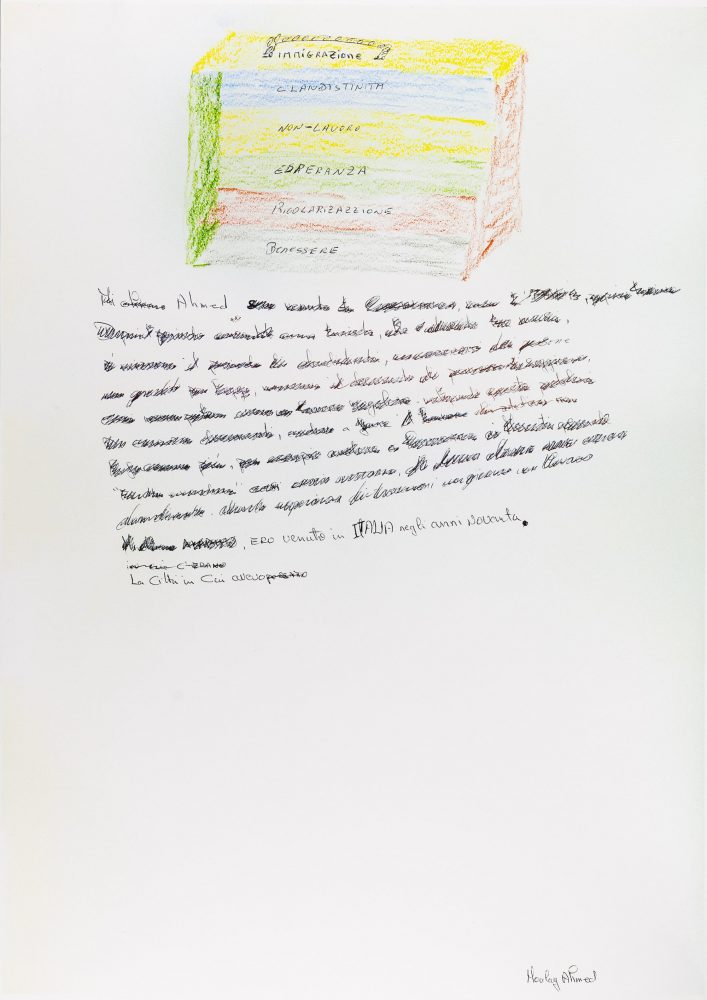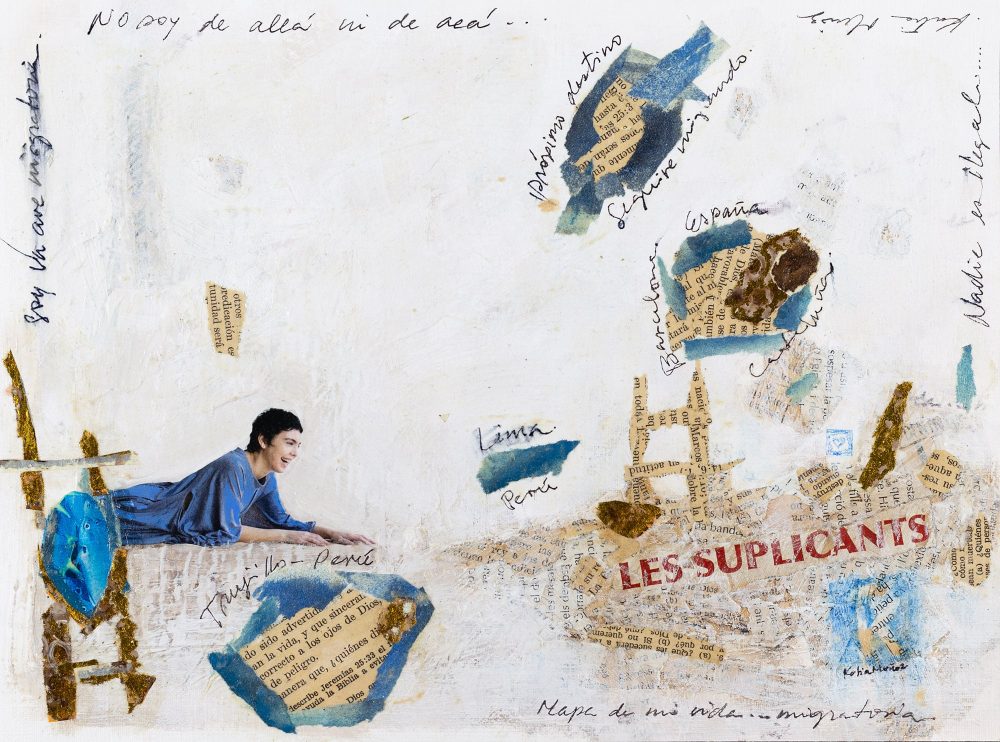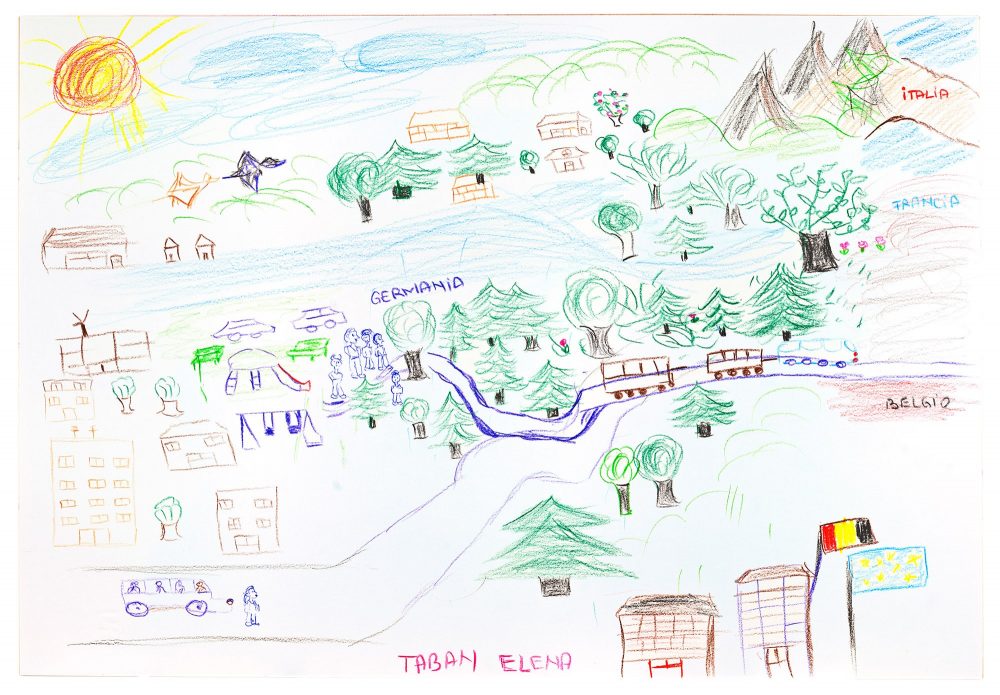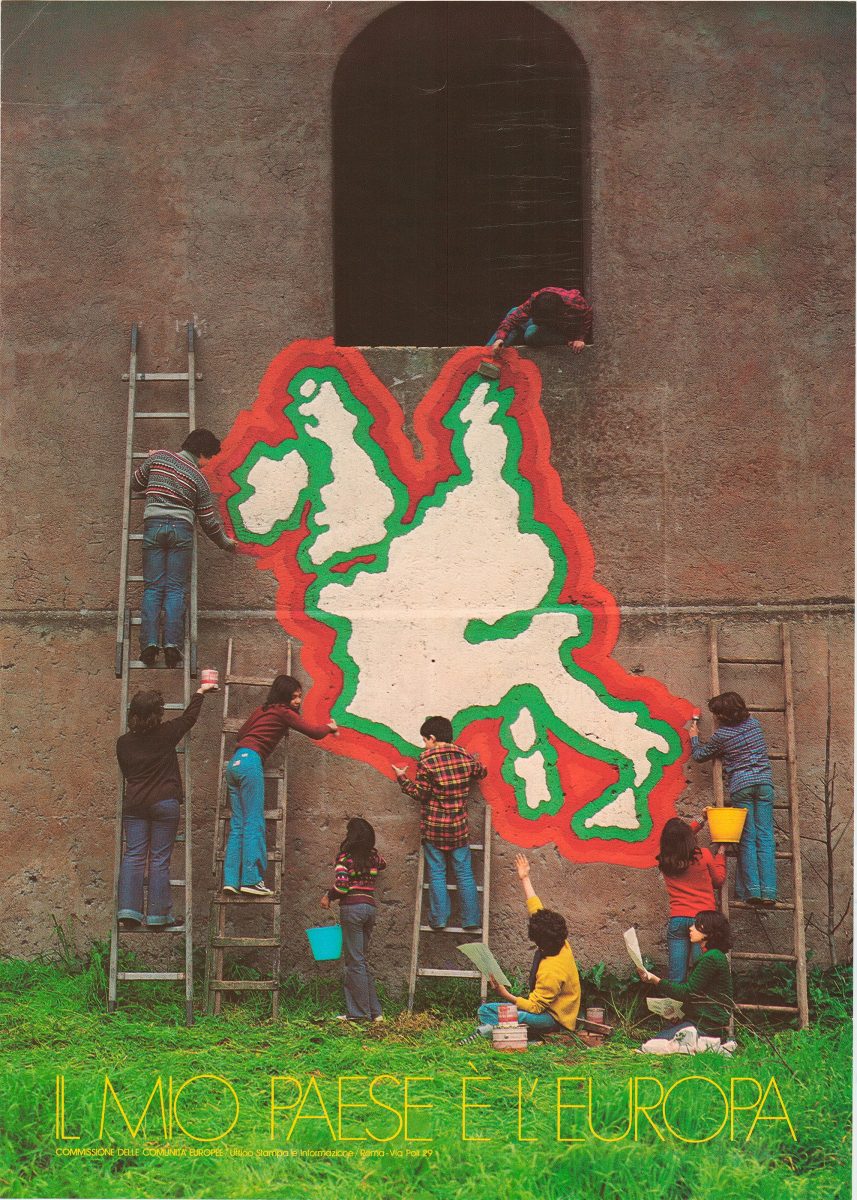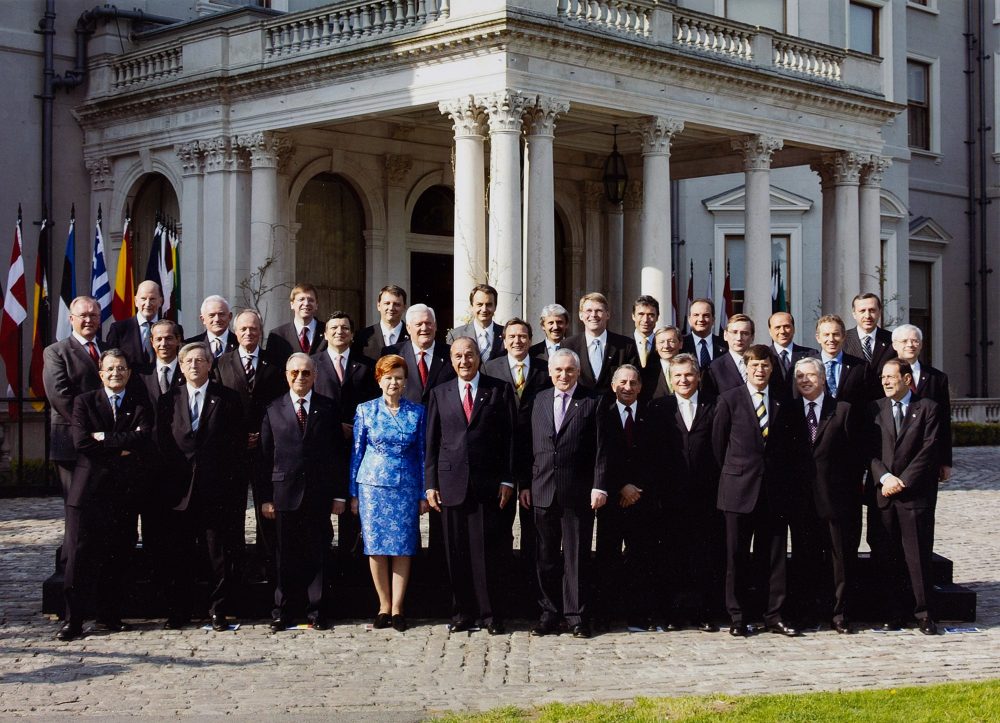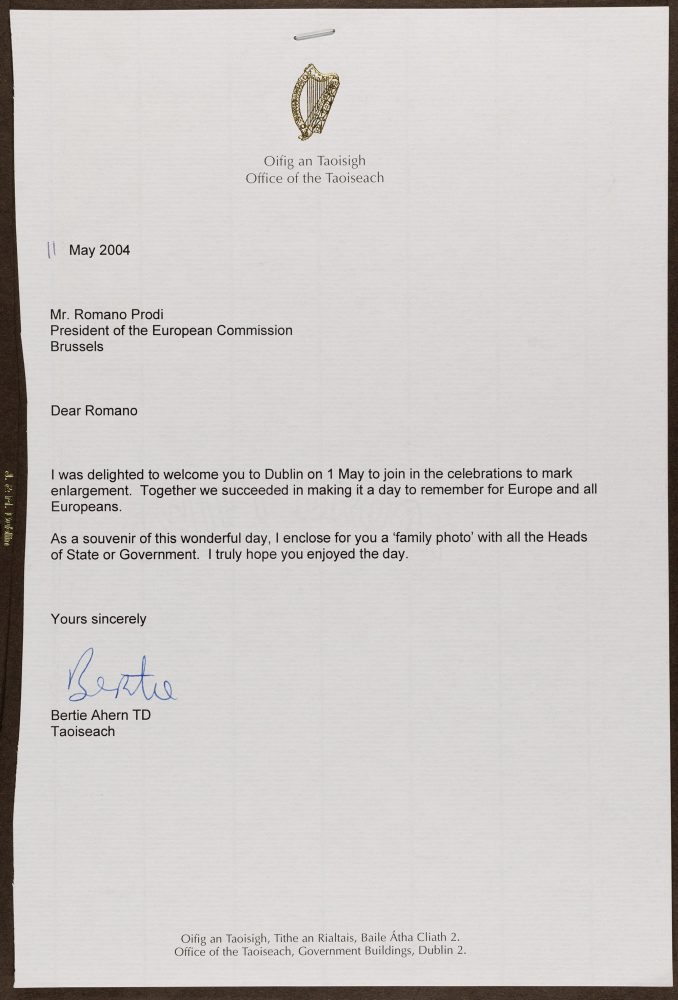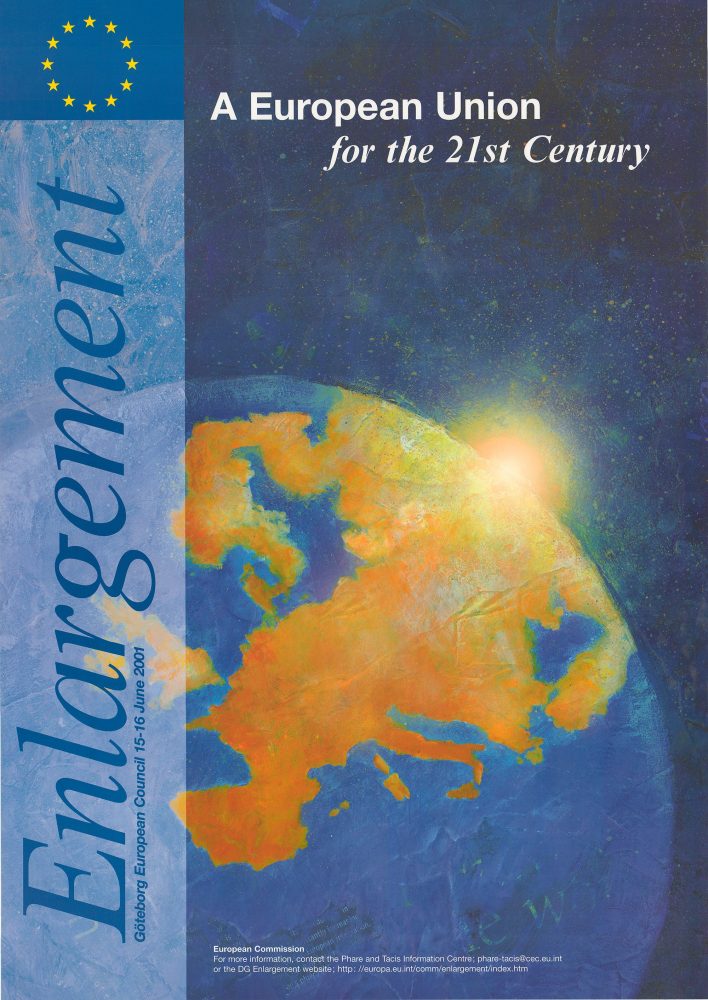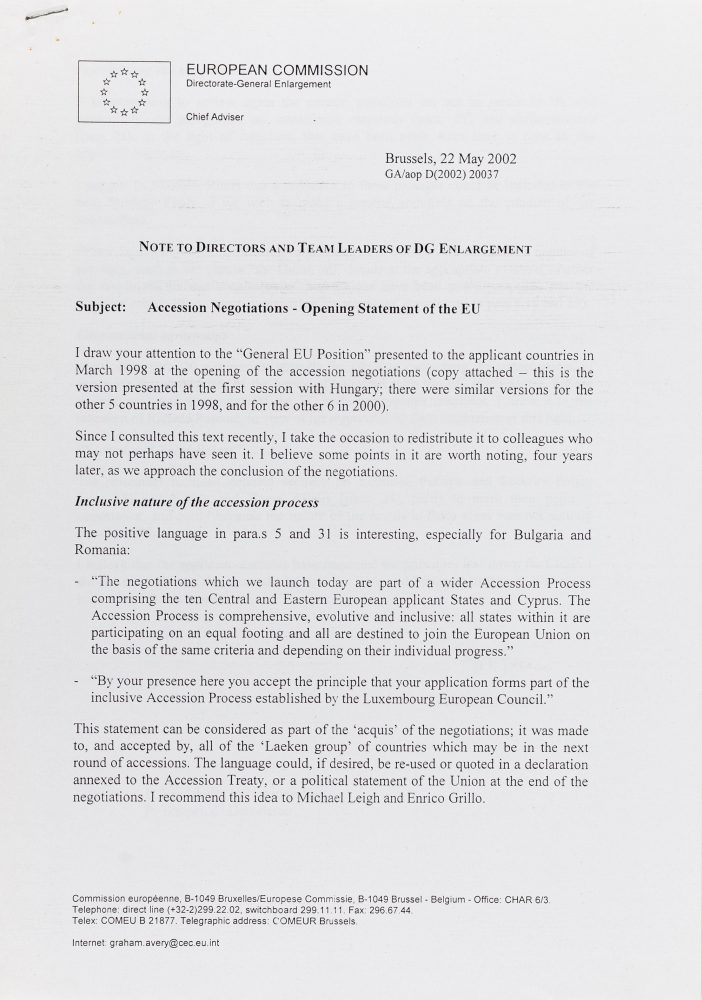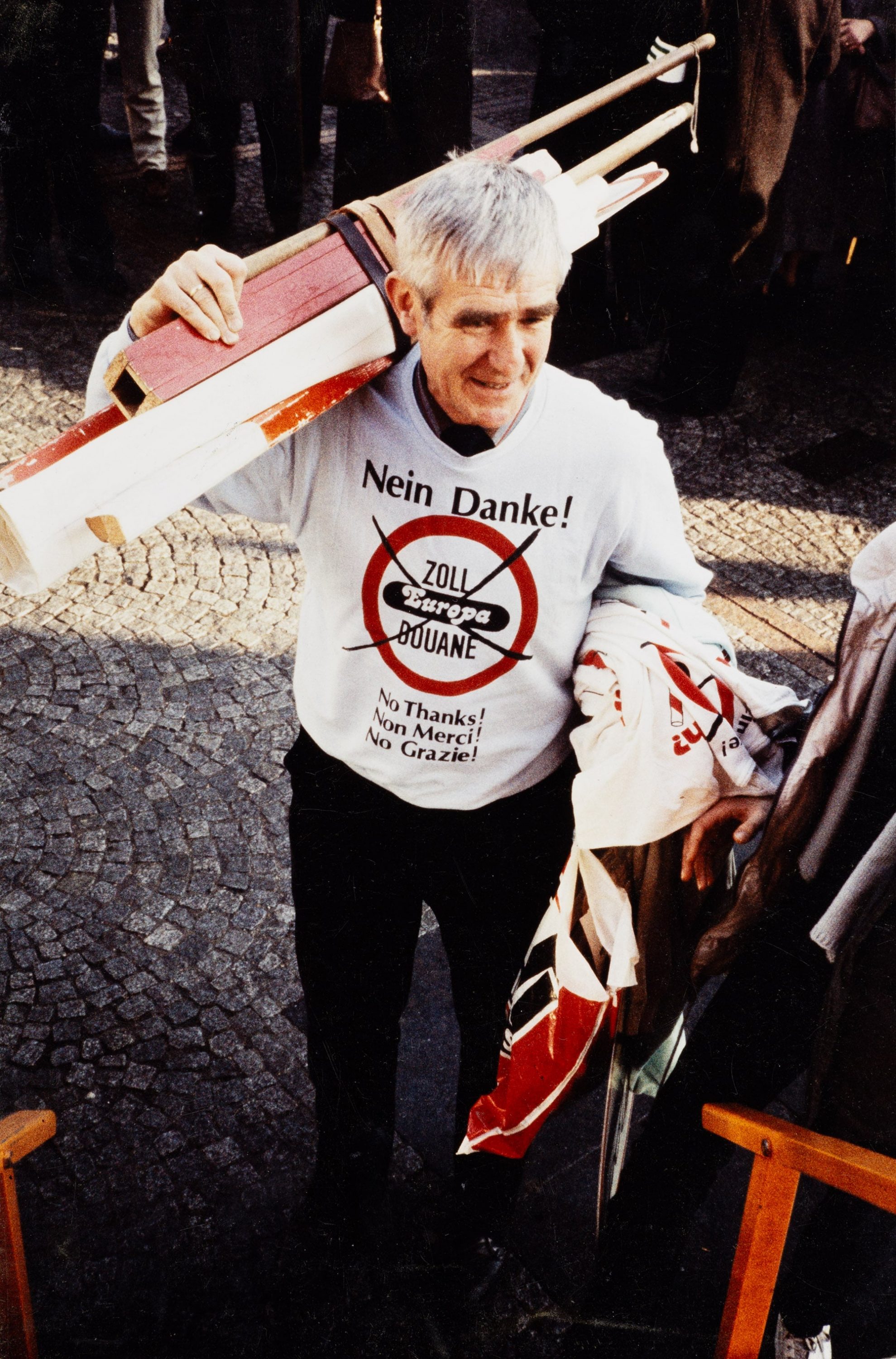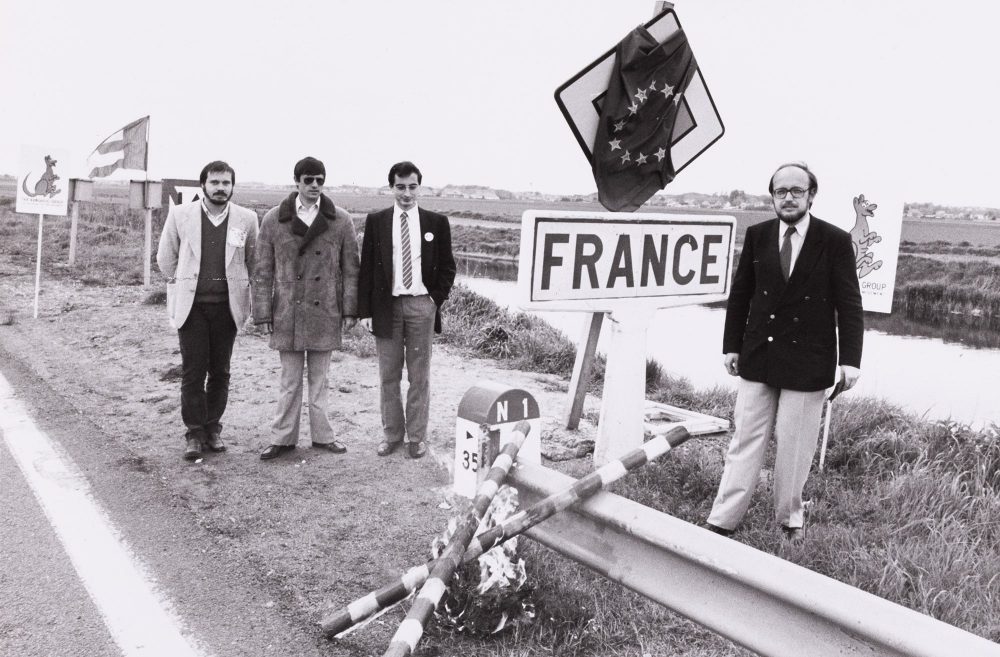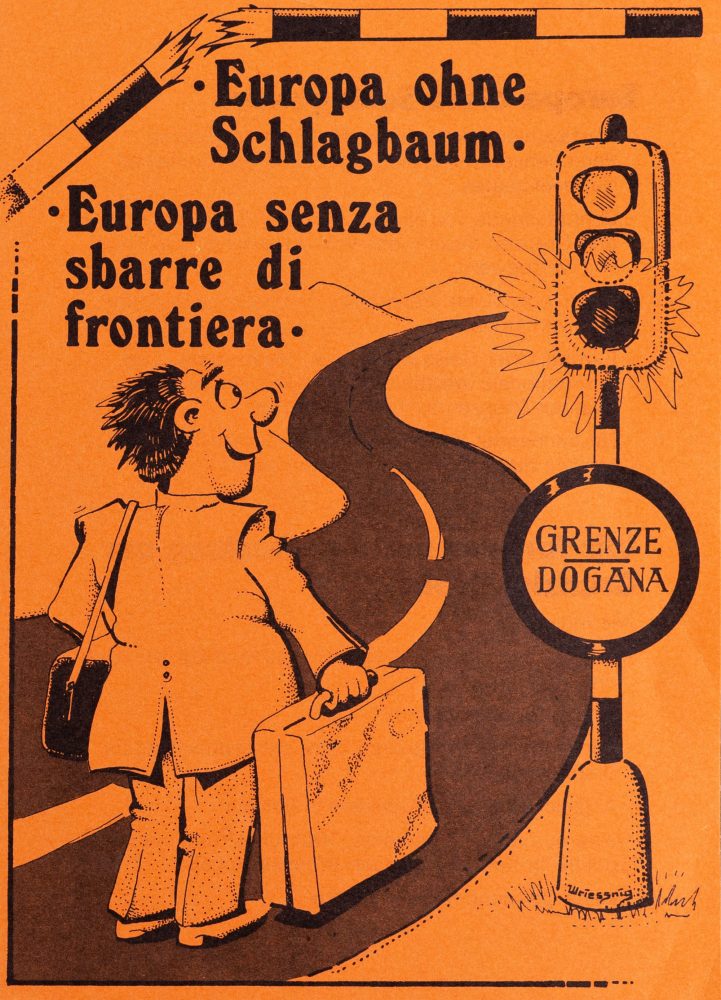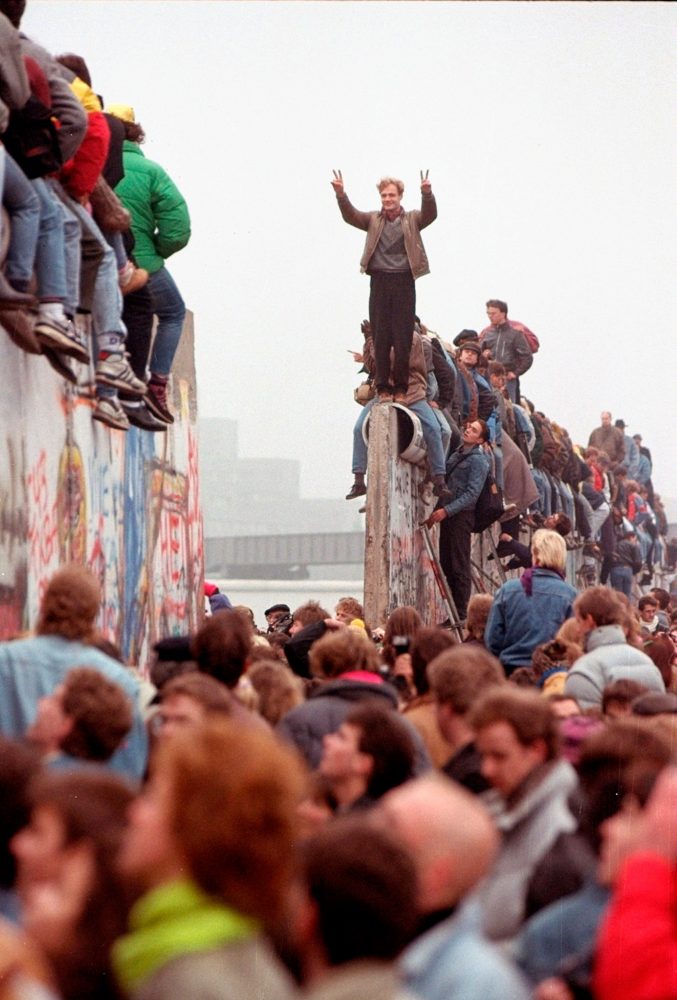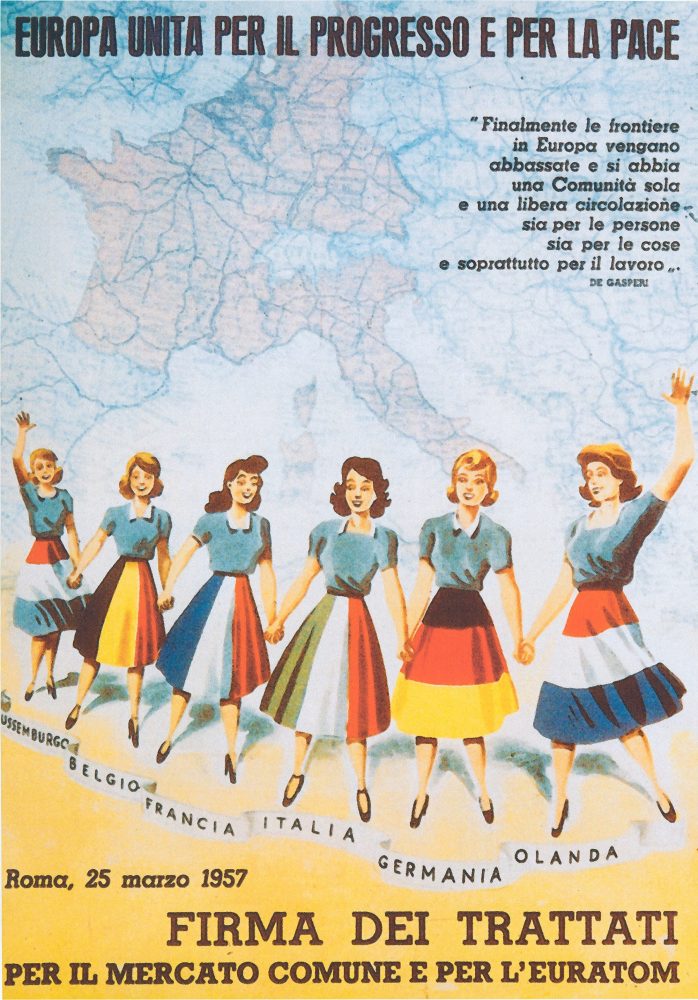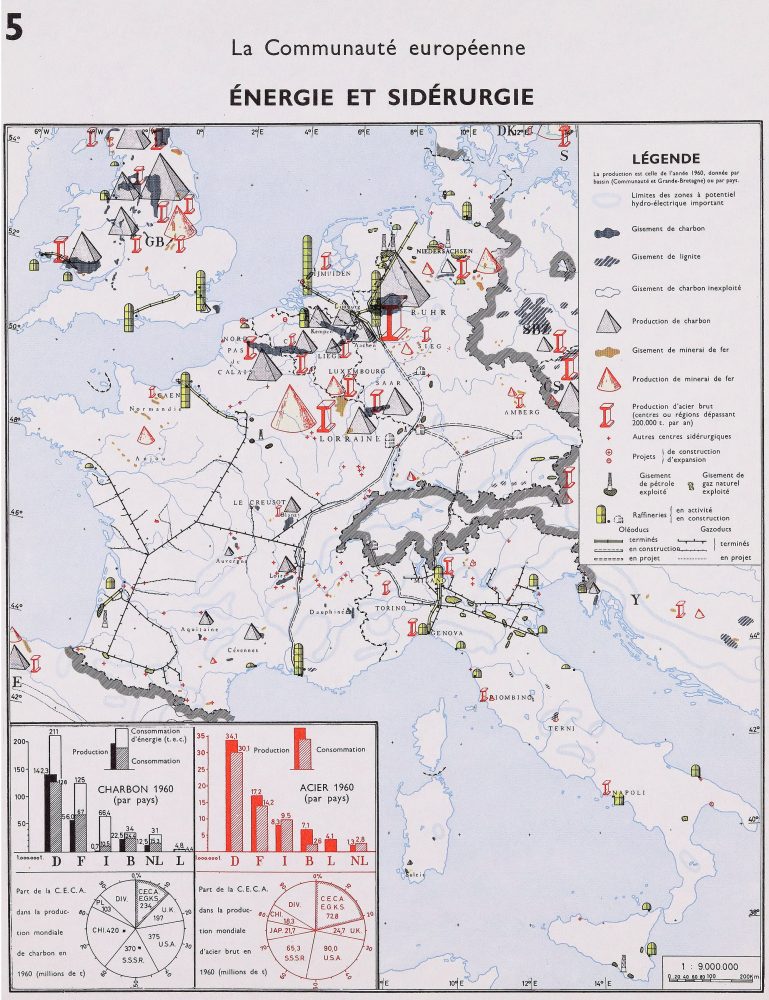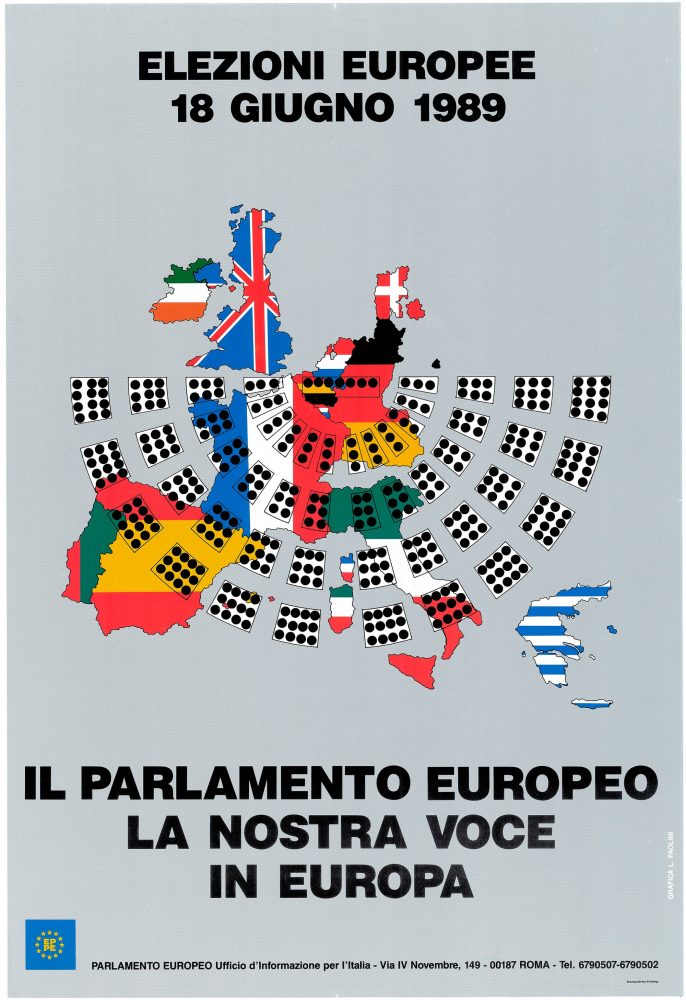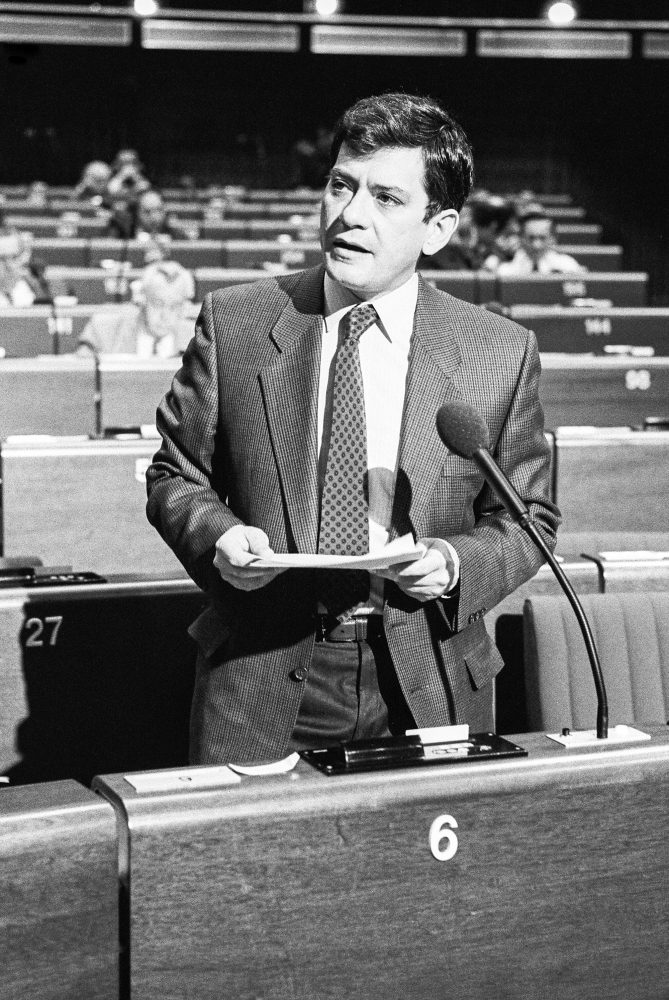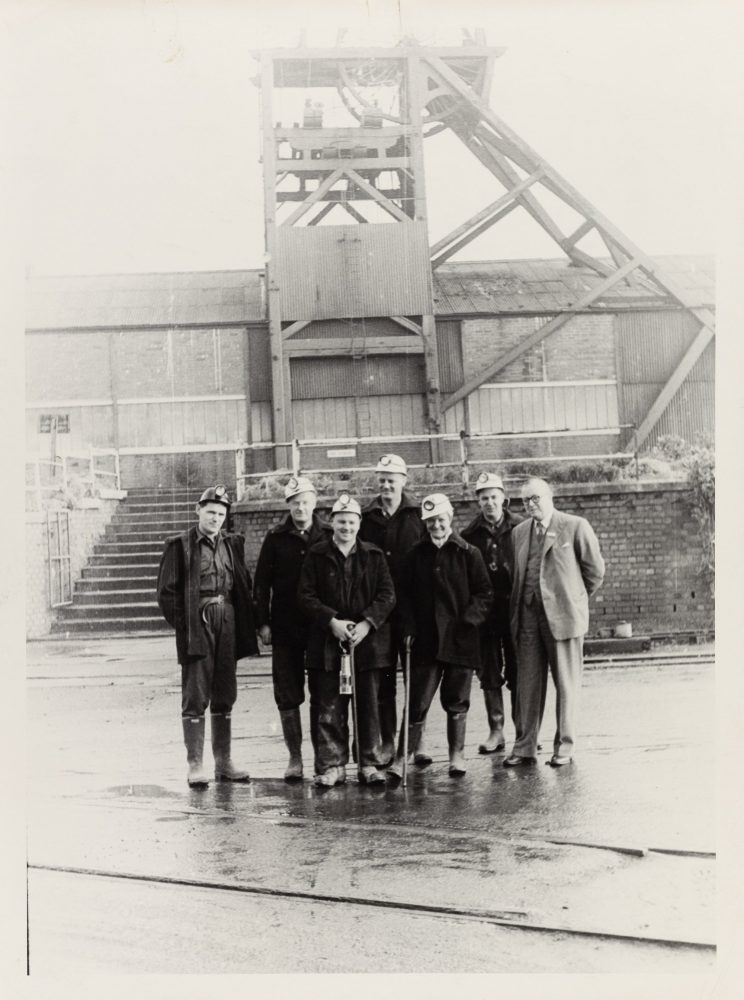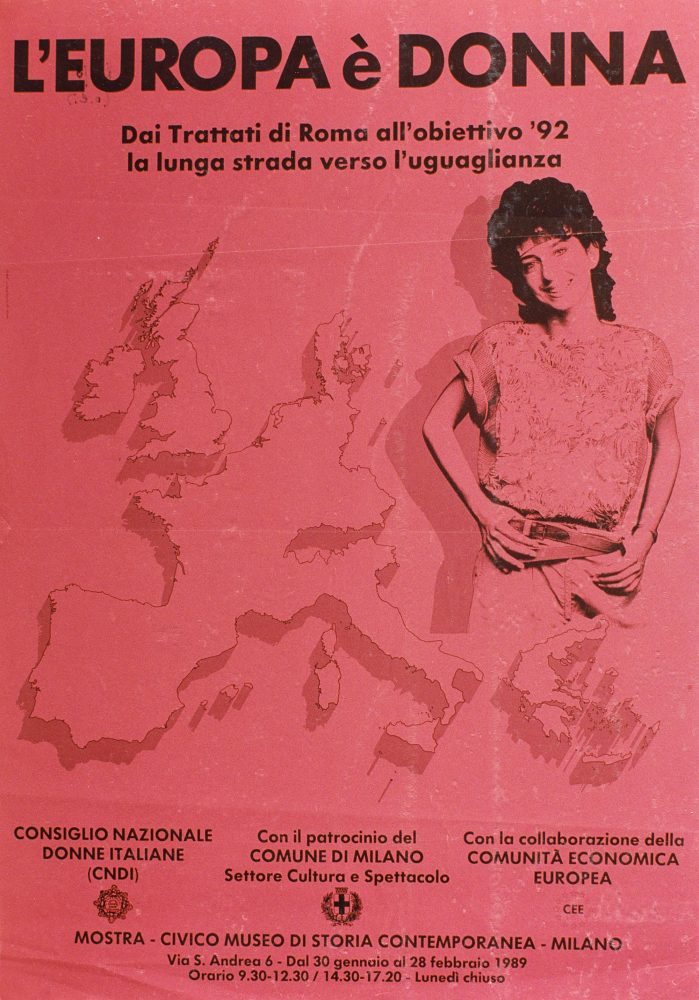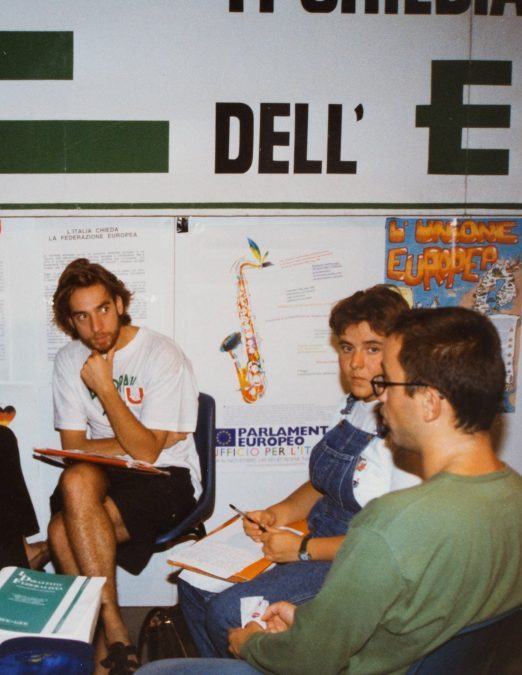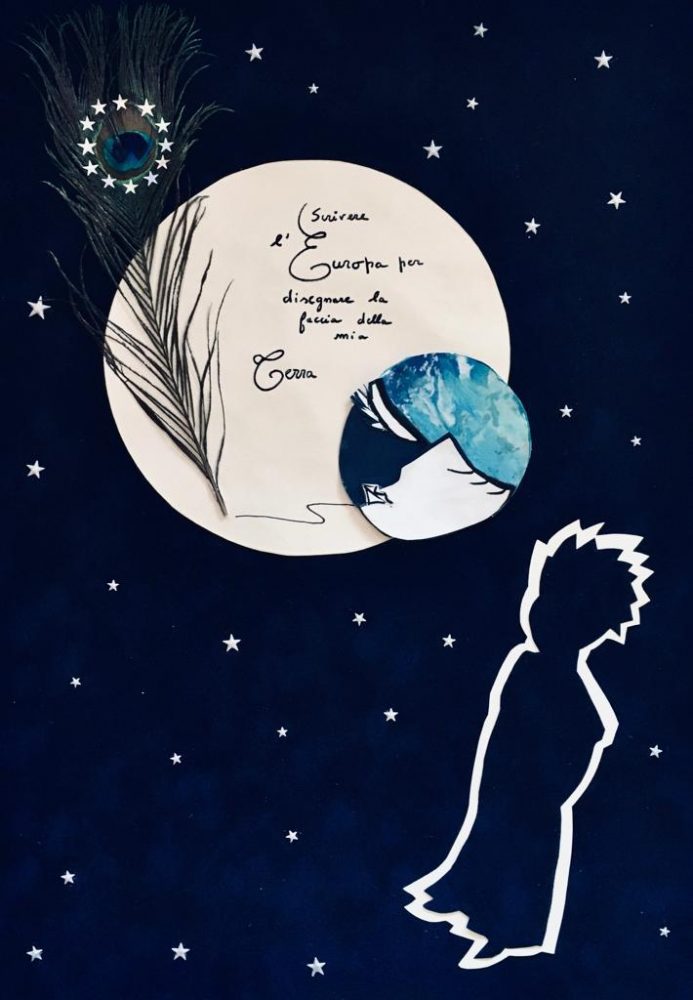Borders
“Open to all countries willing to take part”
From the proposal between France and West Germany on the production of coal and steel, Europe grew into the present 27-state Union in less than 70 years. The idea of enlargement to “all countries willing to take part” was already enshrined in the Schuman Declaration, but took a deeper meaning as new Member States joined from the South, the North and most recently from the East. Members can also decide to leave the Union, as Brexit has demonstrated.
Catherine Day (IE)
Secretary-General of the European Commission 2005-2015. HAEU, INT 134
Amadeu António Pereira Lopes Sabino (PT)
EU official 1984-2008. HAEU, INT 258
Treaty on European Union
The amended versions of the Treaty of Rome (now TFEU) and of the Treaty of Maastricht (TEU) lay the constitutional basis of the European Union. Their consolidated texts are regularly published by the European Commission.
Article 49 of the consolidated version of the TEU regulates the procedures for a State to become a member of the Union. Any State wishing to apply has to respect the fundamental values of the EU, proclaimed in Article 2.
Crossing Borders
The enlargement of the European space also meant that more people were free to move across the continent. Notions like borders, freedom of movement, mobility were redefined by the European project, but they are still hot topics at the center of public debate.
The BABE Project collection offers a multiplicity of visual memories of movement across Europe. The material collected is the result of the fieldwork carried out in European countries including the Netherlands, Italy, Sweden, France and Spain.
